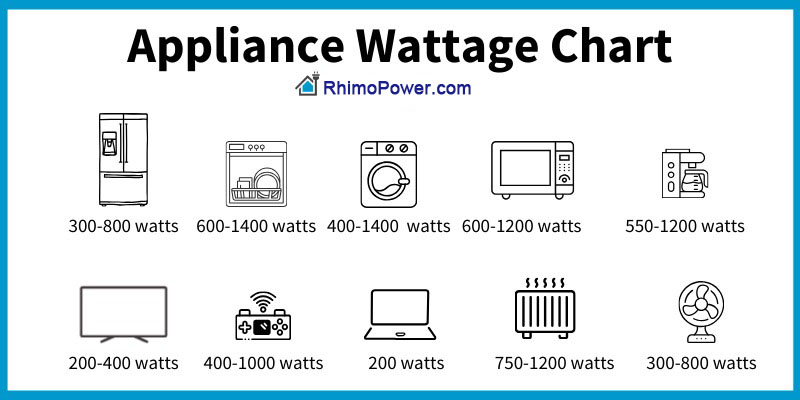In today’s digital world, ensuring that your critical equipment remains powered during outages is essential. An Uninterruptible Power Supply (UPS) provides reliable backup power, but understanding how to calculate its runtime— often referred to as “UPS hours”—is crucial for effective power planning and equipment protection.
What Are Uninterruptible Power Supply Hours?
UPS hours refer to the amount of time a UPS can continue supplying power to connected devices during a power outage. This duration depends on various factors such as the battery capacity, load requirements, and UPS system efficiency. Knowing how to calculate UPS runtime helps you choose the right unit for your application.
Step-by-Step Guide to Calculating UPS Hours
1. Determine Your Equipment’s Power Consumption
Check the power rating (in watts or kilowatts) on your devices’ labels or technical specifications. This is the load your UPS must support.

Example: A server that consumes 500W means your UPS should handle at least that much load.
2. Identify the UPS Capacity
UPS capacity is usually expressed in VA (volt-amperes) or kVA. To convert to real power (watts), multiply by the power factor (commonly 0.8 or 1.0).
Example: A 1000VA UPS with a power factor of 1.0 equals 1000W usable power.
3. Calculate the Load Ratio
The load ratio shows how much of the UPS capacity your equipment uses.
Formula:
Load Ratio = (Total Power Consumption / UPS Real Power Capacity) × 100%
Example: 500W / 1000W = 50%
4. Determine Battery Capacity
Battery capacity is usually shown in amp-hours (Ah) or watt-hours (Wh). If given in Ah, convert it using:
Formula:
Watt-Hours (Wh) = Amp-Hours (Ah) × Voltage (V)
Example: 100Ah × 36V = 3600Wh
5. Calculate Battery Runtime
Once you have the battery’s capacity in watt-hours, divide by your total equipment load in watts:
Formula:
Runtime (hours) = Battery Capacity (Wh) / Load (W)
Example: 3600Wh / 500W ≈ 7.2 hours
6. Factor in UPS Efficiency
UPS systems are not 100% efficient. Multiply runtime by the efficiency rating (typically 0.8–0.95).
Formula:
Adjusted Runtime = Runtime × Efficiency
Example: 7.2 hours × 0.9 = 6.48 hours
7. Monitor Battery Health
Over time, battery performance degrades. Regular testing and maintenance ensure your UPS operates at full capacity.
8. Optimize for Longer Runtime
- Upgrade the Battery: Larger batteries provide more runtime.
- Reduce Load: Disconnect non-critical devices during outages.
- Use Energy-Efficient Devices: Lower energy demand extends backup time.
Why UPS Hours Matter
- Data Protection: Prevents data loss by allowing safe shutdowns.
- Continuous Operation: Essential for hospitals, servers, and critical systems.
- Power Stability: Smooths power fluctuations and ensures uptime.
- Transition Time: Offers time to switch to generators or alternative sources.
Professional Power Backup Solutions
For those looking for robust and scalable power backup solutions, Rhimopower offers a wide range of high-performance UPS systems, including modular ups, online ups, and rack-mount ups solutions tailored to mission-critical applications. With a focus on reliability and innovation, Rhimopower helps protect sensitive electronics and maintain business continuity.
